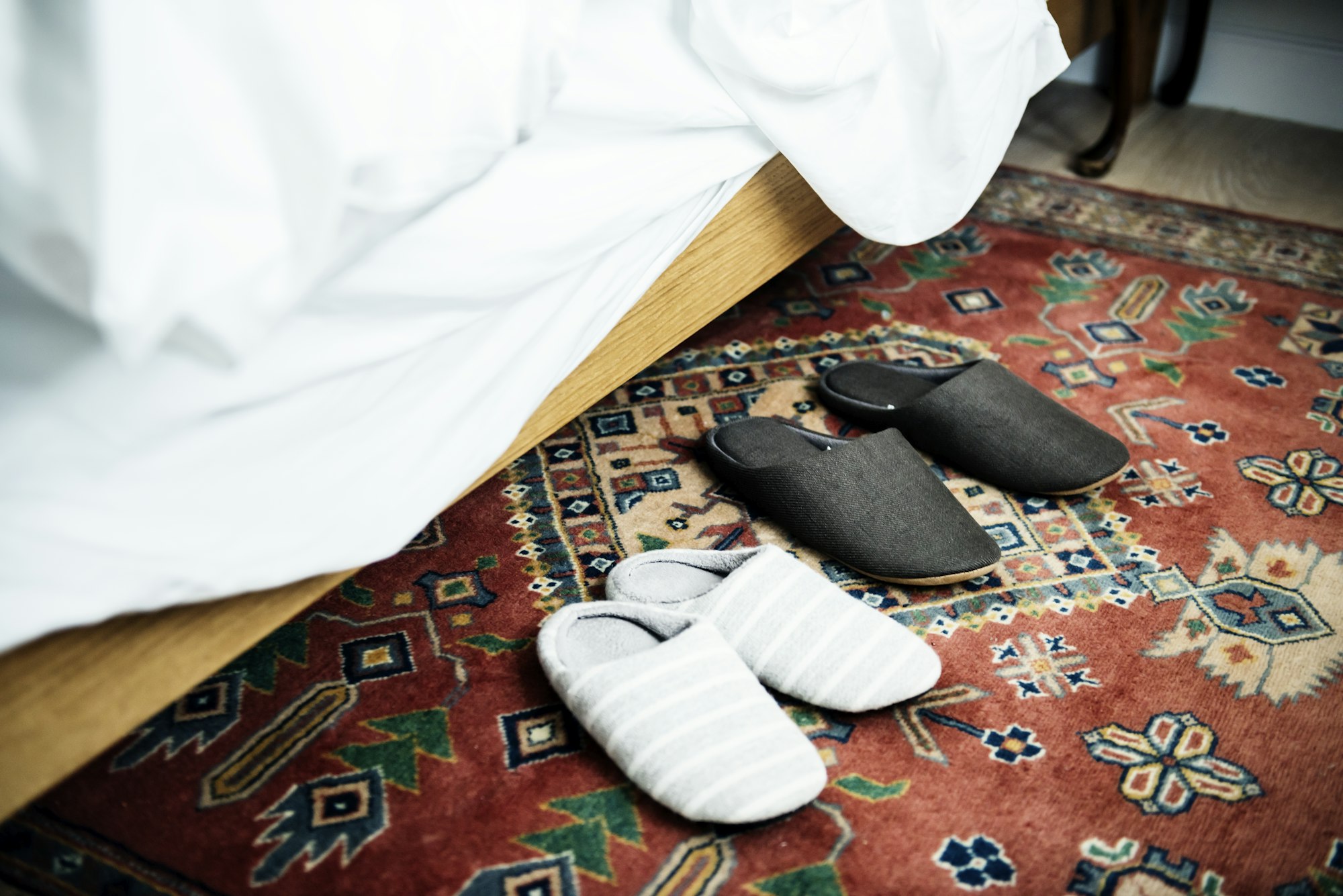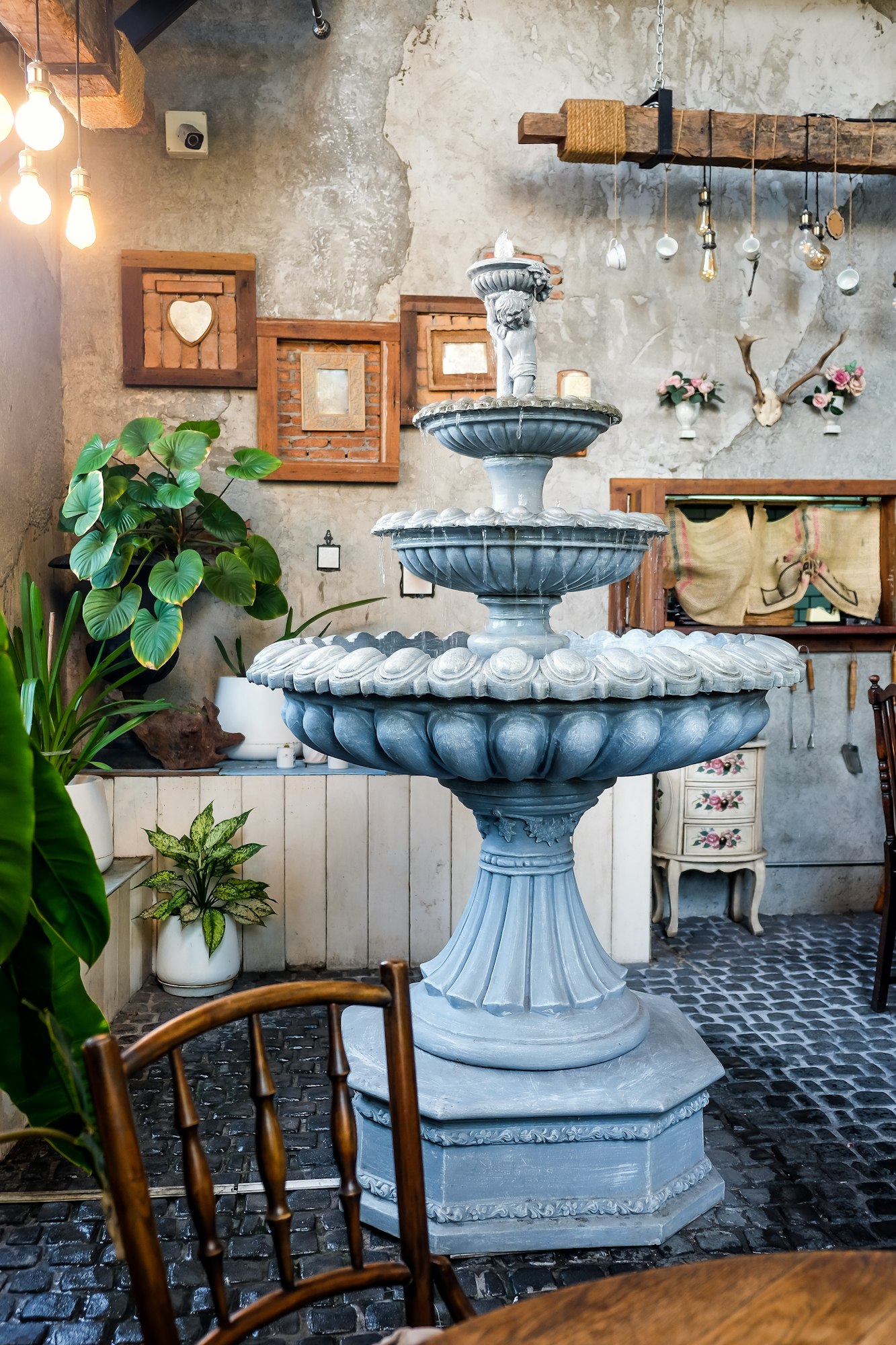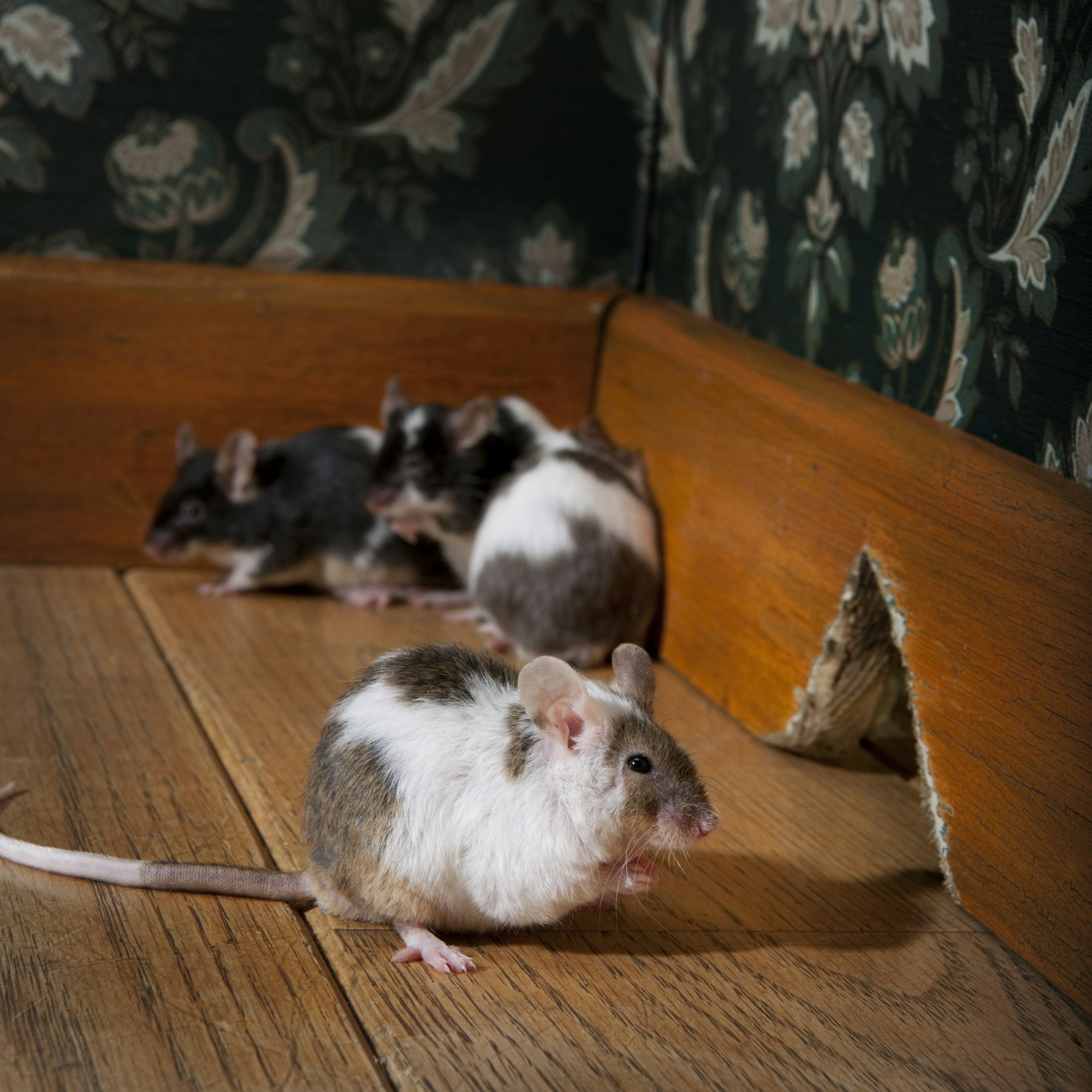Excessive mold growth in a home is never a welcome finding, and to remediate it properly requires time, training and great attention to detail. Unfortunately, fly-by-night businesses have grown up dedicated to “shortcutting” proper remediation protocols. Some are so-called “professionals” who had an online class that taught them to “spray and pray” (spray bleach on it and pray it doesn’t come back.) Others are chemical companies that sell chlorine bleach, often with a deodorizer of some sort, under a different name to homeowners and basically tell them the same thing – “Why pay a professional? Just spray the stains and the mold is gone!”
To understand proper mold remediation, you have to first look at it through a microscope. It resembles a tiny dandelion field…the spores are the dandelion seeds, clustered at the ends of the stalks. The mycelium are the “stalks and leaves” and the hyphae are the “roots”, that draw nourishment from cellulose (wood, paper, drywall, etc.)
The spores of many molds including Aspergillus, Stachybotrys and Cladosporium, are respiratory irritants…and they are repelled by water (hydrophobic.) So when a spray of bleach, or any other liquid hits them, they erupt off their stems and become airborne, potentially contaminating a larger area than was already affected. Additionally, even if the bleach or other disinfectant does “kill” (the correct term is “deactivate”) the mold spores, they are still a respiratory irritant, especially to anyone that is particularly sensitive to them. Young children, the elderly, and those with compromised immune systems are at the highest risk.
For this reason, a true mold remediator takes care to remove as many spores and as much of the hyphal growth as possible through HEPA vacuuming, and uses special HEPA-filtered airscrubbers to maintain negative presure in the work chamber, whether it be a room of the house, and attic or a crawlspace. This ensures that spores within the chamber don’t cross-contaminate other parts of the house, since air is constantly flowing into the work space, rather than out of it.
Porous materials such as drywall and insulation cannot be effectively remediated, and are to be disposed of in sealed bags to avoid cross-contamination during removal. Damp wiping, abrasion or oxidation with abrasive scrubbing (or a combination, depending on the job) are then used to remove the hyphae (roots) of the mold from sound structural wood that is to be saved. Finally, another round of HEPA vacuuming is performed to remove the lifted hyphae, and a residual fungistat is applied to the wood to help retard mold growth in the future, should a water damage occur.
If you have a very small mold issue, you may be able to successfully remediate it yourself, and most professionals will gladly share best practices with you if this is the case. But if it is a larger area, it’s usually best to get an IICRC Certified Applied Microbial Remediation Technician to take a look at it and prepare a remediation plan based on the unique situation at hand.
If you have mold damage in Durango, Bayfield, Hesperus or elsewhere here in southwest Colorado, and need an inspection, give us a call at 970-385-8444. Or if you need tips on doing a small area by yourself, I’m happy to help with that too. See more information at our website, UltraSteamCleaning.com/mold-cleanup and you can email us from there as well. Thanks for reading, and have a great day!






